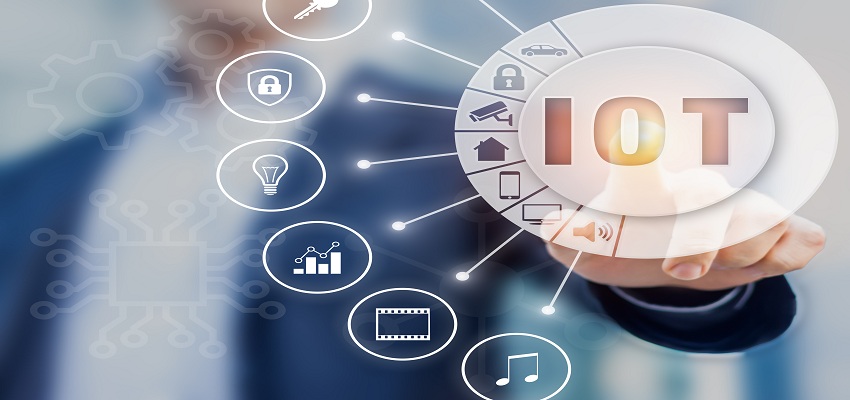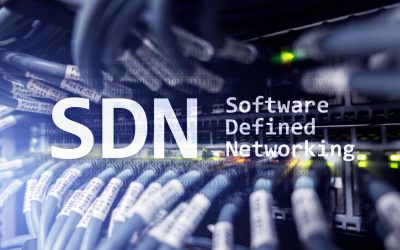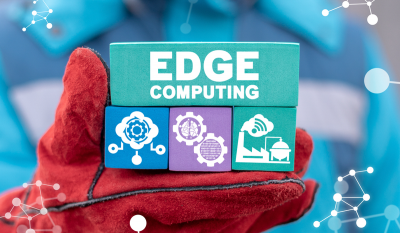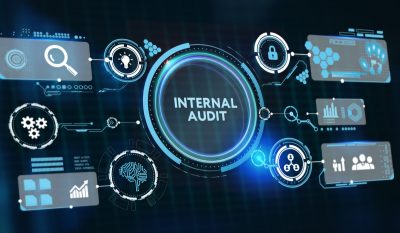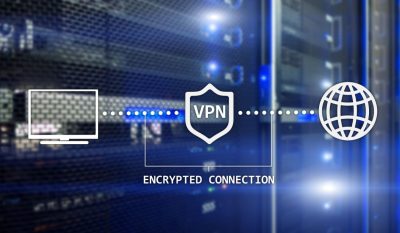Enterprises are expected to increase their investment in IoT devices by almost 4 percent in 2018 compared to the year 2017. The spending on average for the year 2018 has been around $4.6 Million. Almost 38 percent of the enterprises have started with the deployments of IoT devices. With over 84 percent of the enterprise are expected to complete their IoT implementation in the next two years. Data sharing on the IoT devices is an important aspect when it comes to making them beneficial enough for the employees; almost 82 percent of the enterprises share information from IoT devices with their employees once in a day and also 67 percent share the real-time data.
Though the number look good for any enterprises that are looking to invest in IoT technologies; there are security and scalability issues that need to be managed before deployment of the IoT technology for the enterprises. Enterprises are aspiring to develop their technology backbone and IoT seems to be a perfect solution for the enterprises. But before inducting the technology divide the technology into three major parts:
- The sensors that will be feeding in the data
- Gateways that will transfer the data from multiple sensors to backend services.
- Backend services that can understand the data- Analytics, storage, and transfer.
The above three points will divide your network into different sections.
HERE ARE 10 QUESTIONS ENTERPRISES MUST CONSIDER BEFORE SOURCING/ ADOPTING THE IOT:
1. Data generated by the sensors and how often?The size of any data that’s being transferred from IoT devices to the gateways is comparable to 50 bytes. Suppose an enterprise summarizes the data of more than 2000 devices while transferring once in every 30 minutes, what will be the network requirement? Most of the enterprises are adopting wireless technology with an unlicensed ISM band for all the IoT devices. The unlicensed band can cause interference from other sources or devices or threats, so better planning needs to be done before the data is being utilized.
2. Networking for enterprises based on the environment
Communication can be tricky when it comes to many to one, and one to many. Wireless technology can help enterprises to adopt the IoT devices but networking is a challenge with walls, electrical equipment’s, and roofing can cause major glitches. The signals from the devices can be reflected, and distorted if a proper plan is not being placed. Technology such as a Wi-Fi and Bluetooth can cover almost 300 feet maximum and this will be insufficient as a cluster of data collector will be required.
Wireless technology like Z-wave can cover up to 30 meters, Zigbee can cover up to 100 meters, and LoRaWAN can cover up to 20 km.
3. Gateway to Backend technology
The connection between the gateways and the backend technology can be done through local hosting or cloud service. Usually using the on-premise Wi-Fi or connecting directly with the ethernet can help in the network building. Cellular technology can also be used to monitor the required backend service when the devices are mobile.
The cloud offers a solution that will be flexible to the enterprise work environment and won’t require an IT support to deal with the glitches in the technology.
4. Architecture, protocol, and standards
Architecture, protocol, and standards will be the definitive guide you need to follow before going towards implementing the IoT devices. For many enterprises it’s important they understand the offering in the pre-sales process, each vendor is actually a combination of many device makers.
The standards might not be suited according to your architecture that will be different. The marketing efforts from the different devices also look totally uncertain with devices that can fit your architecture and protocol.
5. IoT security
IoT devices communicate with wireless networks and this makes the devices vulnerable to attacks. Most of the devices are set on the default username and password mode that affects during the breach. A standard protocol should be maintained before we start robustly using the IoT devices in the enterprise.
6. Devices power problem
Each IoT devices functionally works on the Lithium batteries. The IoT devices should be programmed, that they transmit the data on their power regularly to keep the sensor function working. Many devices get affected by external conditions leading to power usage change for the sensors.
7. Sensors in the environment
Sensor environment will come into play when the enterprises are dealing with external conditions that will be affecting the function. For example, if the sensor is placed outside a car it will constantly be bashed by wind, sun and rain this will lead to the sensor being affected.
8. Stabilizing the backend service
Before implementing the IoT infrastructure in the enterprise environment, it’s important to develop a backend technology to deal with bugs and threats. The bugs can indirectly show the devices in other states affecting the analytics information; also security protocol should be placed in case the device gets affected by any external factors. Having a configured analytics platform along with data storage technology can help you solve the implementation gap.
9. A platform that integrates with enterprise
When dealing with different devices the technology platform might differ but the total transformation will be the deployment. A device management service should help to make the devices channelized according to the program and the ability to monitor the sensors.
10. Applications can help
Applications can always keep the tap on each segment if built thoroughly read through the knowledge of implementation. A backend service based on just a platform with simple User Experience (UX) can be cumbersome to the IT admins but with an App, it increases the flexibility.
The deployment and usage of IoT devices will depend on a lot of new technologies that will ease the sensor effectiveness, network speed and also technology security. To know more about the IoT technology you can download our whitepapers.




